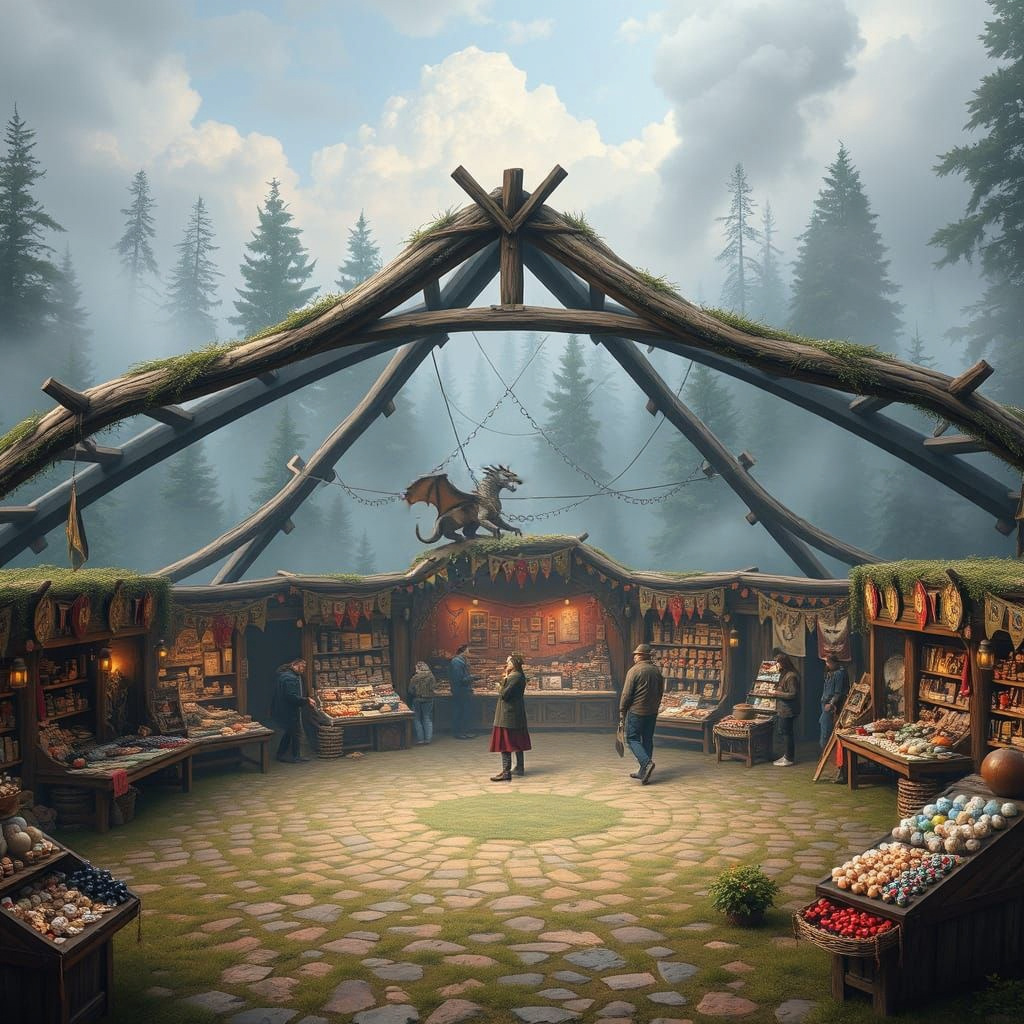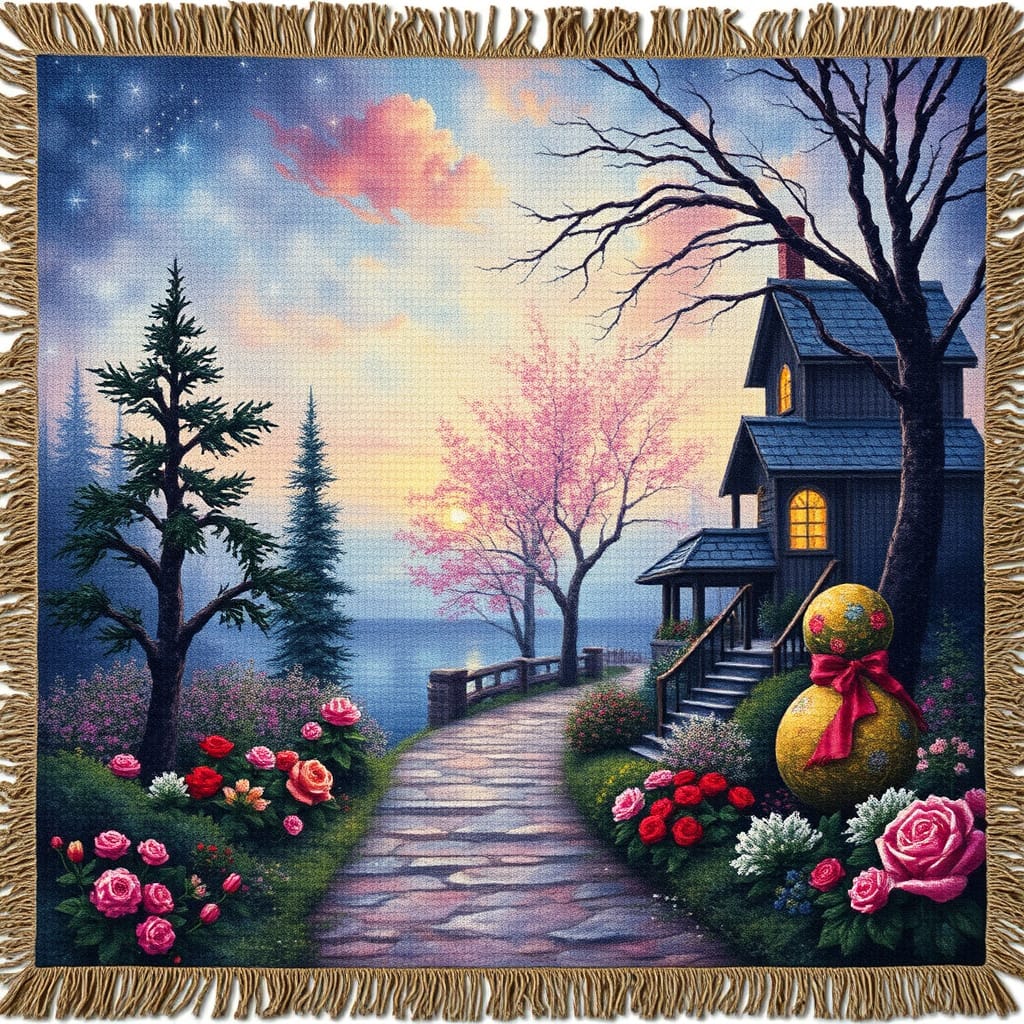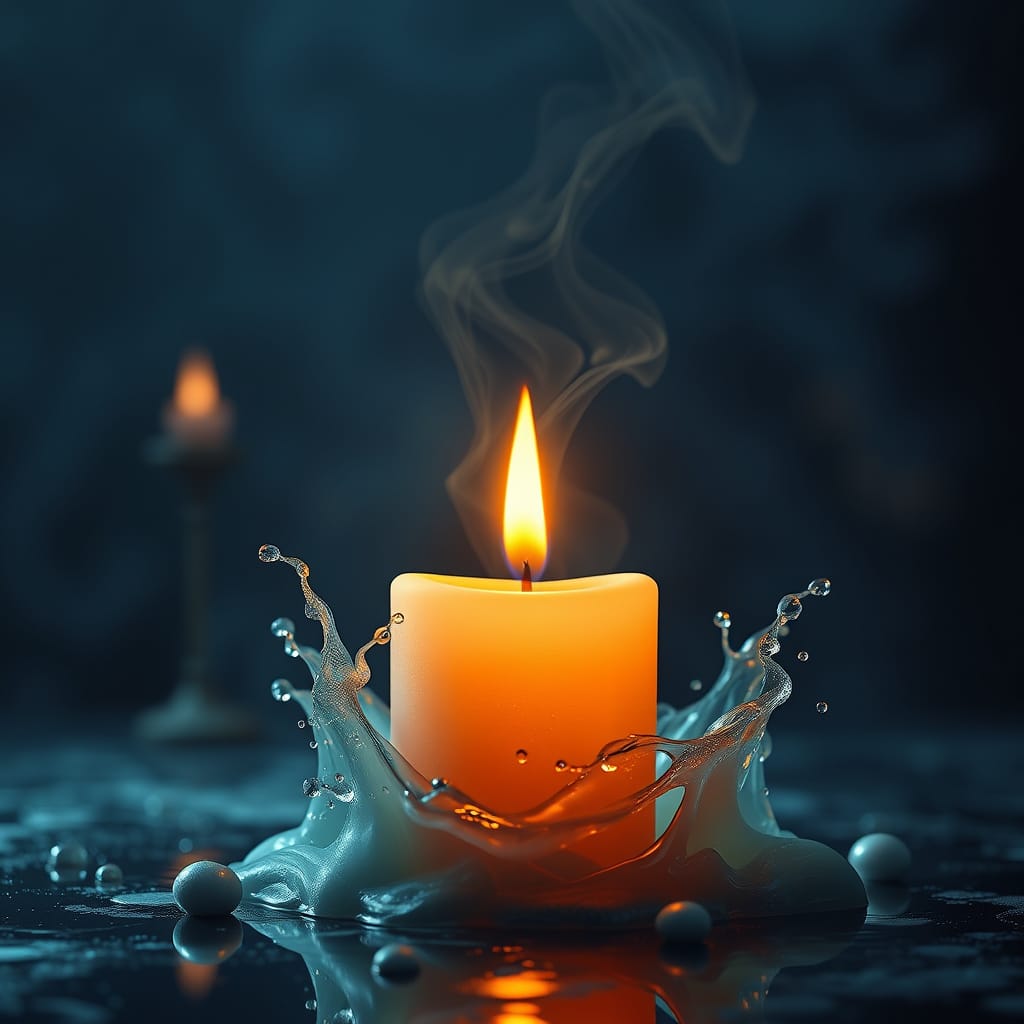Artisan Showcase
History
The Artisan Showcase was established as a way to honor the craftsmanship, skill and ingenuity of the Lost Dragon Tribe. Rooted in Kaldera tradition, it serves as a time for the tribe to come together, recognize achievements, share knowledge, and celebrate their heritage.
The event was first introduced centuries ago when a great famine struck the land, leaving the tribe struggling for resources. During that time, the artisans of the tribe came together, pooling their skills to create necessary goods such as sturdy wagons, warm clothing, and long-burning candles to help the people survive. Their collective efforts ensured that the tribe endured the hardship, and from that moment on the Artisan Showcase became an essential celebration of both survival and skill.
Over time, the event evolved into a structured tradition, held at key points in the year when the seasons changed. It became a way not only to celebrate individual accomplishments but also to pass knowledge down from masters to apprentices and to strengthen communal bonds.
Execution
Preparations
In the days leading up to the Artisan Showcase, the tribe works together to prepare their camp in the Old Willow Woods for the event. Wooden platforms are erected, banners are put out, tapestries are hung, and fire pits are arranged for warmth and storytelling. Artisans carefully select, polish, and perfect their best works to present.Opening Ceremony
The event begins with the one of the Elder's reciting the Artisan's Blessing, in which a prayer of gratitude to the ancestors and Infinite Grace is offered in thanksgiving for the knowledge passed down through generations. This is followed by the Ring of Fire Dance, where dancers move in synchronized patterns around a ceremonial fire, symbolizing the forging of skill through time and hardship.Showcase & Demonstrations
Artisans set up their individual stations where attendees can admire and examine their work. Some crafters demonstrate their skill by forging metal, carving wood, or weaving intricate patterns before an audience. Masters issue challenges to apprentices and journeymen, pushing them to test their knowledge and skill in real time.Judging & Recognition
While the event is not a competition, Elders and Masters evaluate each showcased piece, offering feedback and wisdom. Exceptional work is awarded the Mark of the Artisan, a symbol of mastery and craftsmanship that grants higher standing within the tribe. Special recognition is given to apprentices who show outstanding growth.Trade & Gifting Tradition
At the end of the showcase, artisans gift or trade their works ensuring that the tribe benefits from their skill. Some items are bartered for supplies, while others are given freely as acts of generosity or tokens of friendship. Heirloom pieces may be passed down during this time.Closing Ceremony
The even concludes with a feast and storytelling, where the Elders share tales of past artisans, legendary craftsmanship, and the history of the Lost Dragon Tribe. Music fills the air, and the tribe celebrates until the fire burns low.Components and tools
- Handwoven textiles (quilts, rugs, ceremonial garments)
- Carved woodwork (furniture, decorative pieces, tools)
- Forged metalwork (blades, jewelry, horseshoes)
- Hand-poured candles and incense
- Newly designed wagon wheels and structural improvements for homes
Participants
Observance
- Spring Awakening: A celebration of new beginnings, where apprentices often present their first major works.
- Midsummer's Glory: A showcase of intricate craftsmanship, with elaborate designs and decorative pieces on full display.
- Autumn's Blessing: A time to prepare for winter, where practical and necessary items are highlighted, such as warm clothing, strong tools, and well-built structures.






This tradition really has a nice origin. It also good to see that even now some crafts are gifted to benefit everyone.